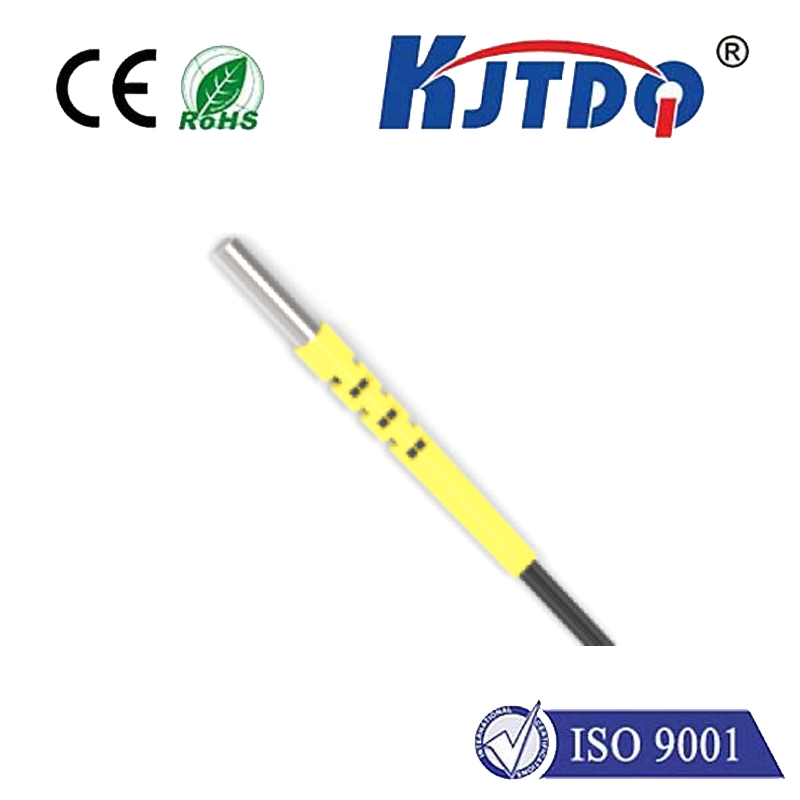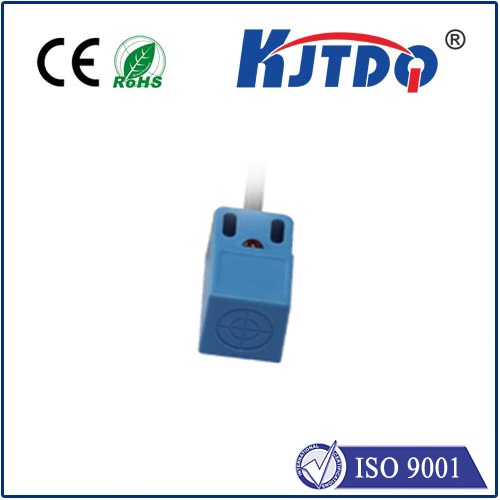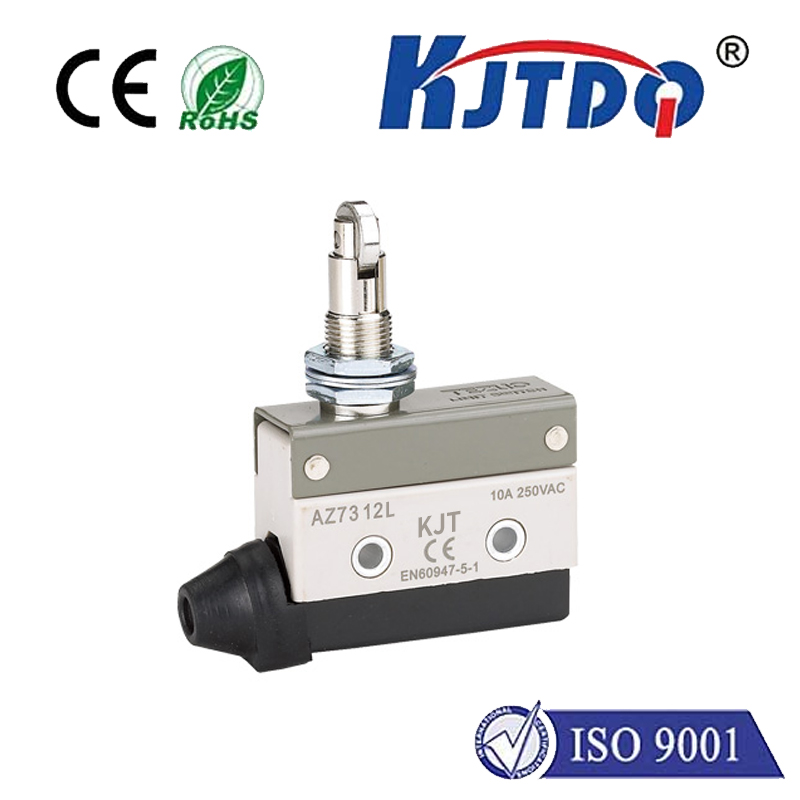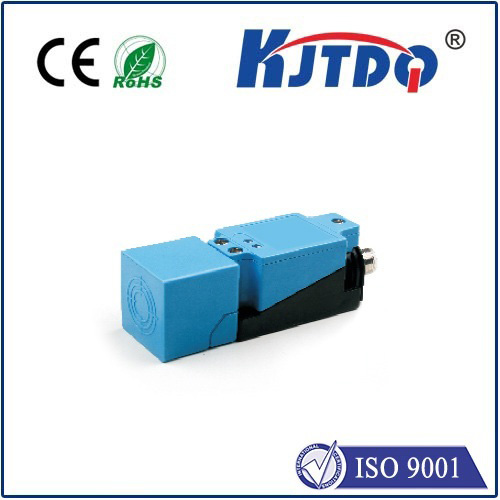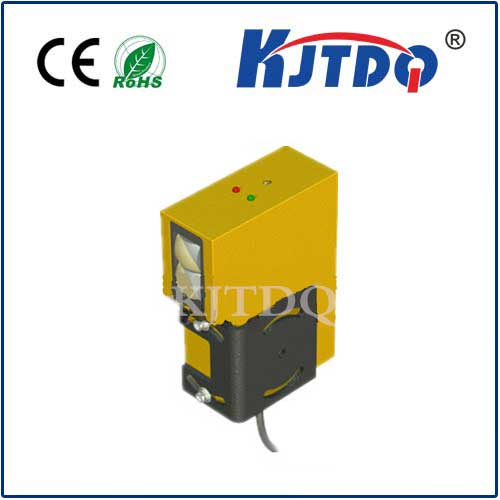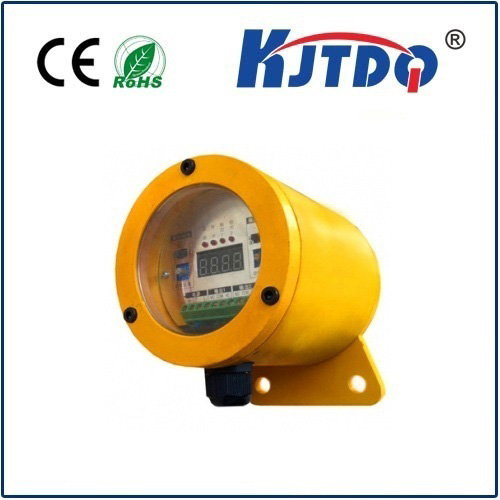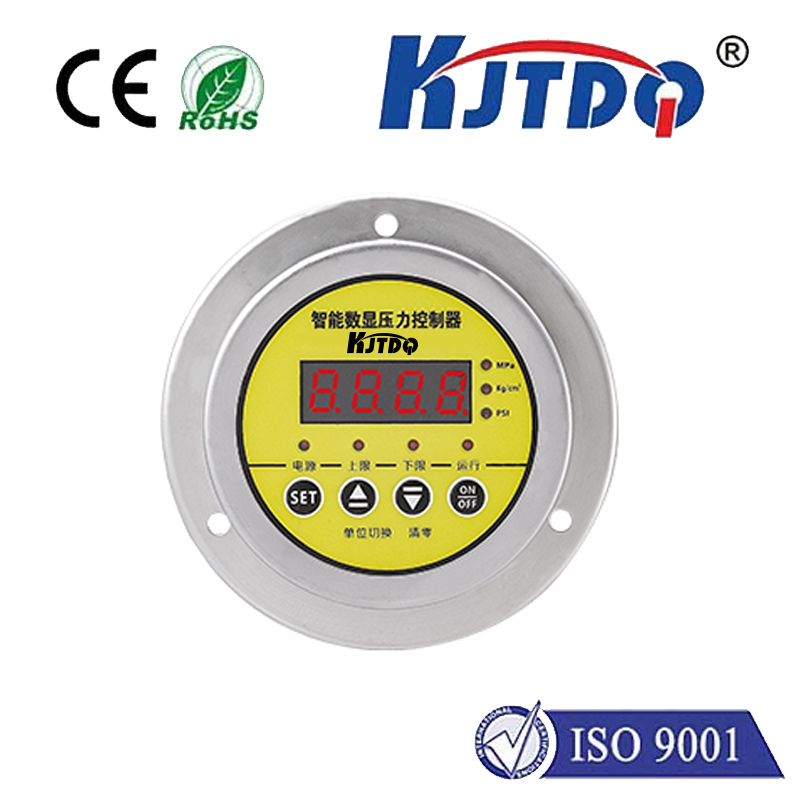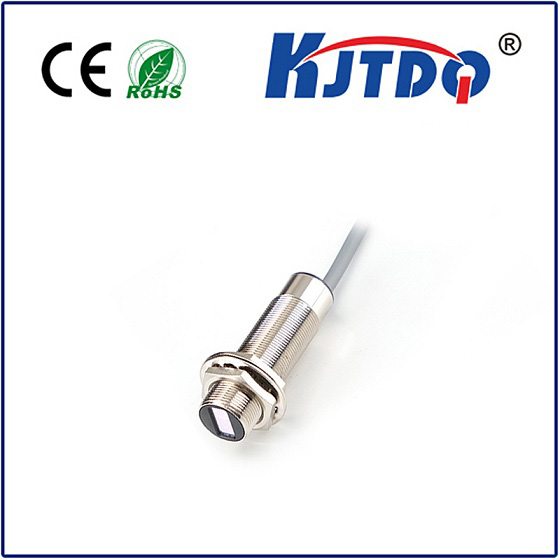36t01b2 limit switch
- time:2025-07-30 15:06:50
- Click:0
The Unseen Sentinel: How the 36T01B2 Limit Switch Powers Precision and Safety
Title: The Essential Role and Key Features of the 36T01B2 Limit Switch
In the intricate ballet of modern machinery, where robotic arms glide with uncanny precision and automated lines hum with relentless efficiency, countless unseen components perform critical duties. Among these silent guardians, the limit switch stands as a fundamental sentinel, dictating boundaries and ensuring order. And within this vital category, the 36T01B2 limit switch emerges as a highly dependable and widely recognized workhorse. Let’s delve into why this specific component is so crucial for industrial automation and safety.
At its core, a limit switch is a remarkably simple yet profoundly important device. It’s an electromechanical sensor designed to detect the presence or absence, or physical limit, of an object. Think of it as a highly specialized on/off switch triggered not by a human finger, but by the mechanical movement of a machine part – like an arm reaching its endpoint, a door closing fully, or a product arriving at the correct position on a conveyor. When the actuator (a lever, roller, plunger, etc.) of the switch is moved by the object, it changes the internal electrical contacts. This sends a signal to the machine’s control system – essentially saying “Stop here!” or “Yes, I’m in position” or “This door is safely closed.”
The 36T01B2 limit switch, often associated with brands like Honeywell in the Micro Switch family, exemplifies robust design tailored for demanding industrial settings. Its designation isn’t random; it typically signifies specific characteristics:

- General Purpose, Heavy-Duty Build: Designed to withstand the rigors of factories, packaging lines, material handling, and more – environments characterized by vibration, impact, dust, moisture, and temperature fluctuations.
- Standard Configuration: The “36” often refers to its compact, standardized enclosure size. The “T01” frequently indicates a configuration involving a lever actuator with a roller, known for its versatility in sensing a wide range of linear or rotary movements. The “B2” often specifies contact arrangements (e.g., 1 Form B or 1 Form C contact block), though coding can vary slightly by manufacturer. Confirming the exact meaning requires the manufacturer’s datasheet, but the model universally points to a reliable, common industrial switch.
So, How Does a 36T01B2 Actually Work?
The principle is elegantly straightforward:
- Actuation: A moving part of the machine (e.g., a cylinder rod, a robotic arm, a sliding gate) physically interacts with the actuator mechanism (like the roller lever) on the 36T01B2.
- Contact Change: This mechanical force overcomes a spring mechanism inside the switch, causing the internal electrical contacts to rapidly snap between positions (”Snap-Action” mechanism). This provides positive opening operation, a critical safety feature ensuring contacts open decisively even if the actuator moves slowly or gets stuck.
- Signal Sent: The change in the contact state (e.g., from Normally Open to Closed, or Normally Closed to Open) sends an electrical signal to the machine’s Programmable Logic Controller (PLC) or control circuit.
- Control Action: Based on the received signal, the control system executes a pre-programmed action: stopping a motor, reversing direction, confirming a position for the next sequence, initiating a safety shutdown, or registering a count.
Where Does the 36T01B2 Shine? Applications Galore
The versatility and reliability of the 36T01B2 limit switch make it a ubiquitous component across industries:
- Material Handling: Detecting package positions on conveyors, signaling end-of-travel for pallet lifters or stackers, confirming gate or door positions on automated guided vehicles (AGVs).
- Packaging Machinery: Verifying carton flap closure, sensing the presence of product at sealing stations, indicating film reel end-of-line, confirming cutter positions.
- Industrial Automation: Defining the endpoints of travel for pneumatic or hydraulic cylinders in assembly cells, confirming the homing position of robotic arms, sensing tool positions on CNC machines.
- Door and Gate Interlocks: Ensuring machinery safety doors are securely closed before equipment can operate, confirming elevator door closures.
- Process Control: Detecting valve positions, monitoring hopper levels, signaling tank lid closure.
- Agricultural Equipment: Position sensing on combines, harvesters, and automated feeding systems.
- Commercial Equipment: Vending machine product dispensing control, elevator car leveling, car wash equipment positioning.
Key Advantages Driving the Popularity of the 36T01B2
Why is this specific switch model so prevalent? Its design incorporates several winning features:
- Proven Reliability: Built with robust materials and snap-action mechanisms, the 36T01B2 limit switch offers exceptional longevity and consistent performance even under repeated mechanical stress.
- Positive Opening Operation: This is non-negotiable for safety applications. It guarantees that the contacts physically open a safe distance, breaking the circuit reliably regardless of actuator speed.
- Environmental Resilience: Typically rated with robust Ingress Protection (IP ratings) against dust and water (e.g., IP65, IP67), they thrive in dirty, damp, or washdown environments common in factories.
- Versatile Actuation: The standard roller lever actuator provides excellent flexibility, allowing the switch to be triggered effectively from various angles and by different machine components. Options for replaceable actuators enhance adaptability.
- Ease of Installation and Replacement: As a standardized component, the 36T01B2 is easy to mount using simple brackets. Its commonality also means replacements are readily available, minimizing machine downtime.
- Cost-Effectiveness: Offering robust performance at a competitive price point makes it an economically sound choice for countless applications.
- Compliance: Often meets key international safety and performance standards (UL, CSA, CE), essential for global machinery deployment and safety certifications.
The Unsung Hero of Machine Intelligence
While complex sensors like vision systems and sophisticated encoders capture attention, the humble limit switch, exemplified by the 36T01B2, remains indispensable. Its rugged simplicity, unwavering reliability, and clear binary signals (“yes/no,” “present/absent,” “limit reached/not reached”) form the bedrock of countless automated sequences and critical safety interlocks. It provides the fundamental feedback loops that tell controllers where things are and when they’ve reached their designated limits. This absolute positional certainty is crucial for synchronization, coordination, and preventing costly crashes or damage within intricate machinery.
Whether it’s ensuring a robotic welder stops precisely at the end of its track, confirming a safety guard is latched before a powerful press cycles, or simply counting bottles on a high-speed filling line, the 36T01B2 limit switch performs its duty silently and efficiently. Its continued prevalence is a testament to the power of robust engineering – a small component with a massive responsibility, ensuring the smooth, safe, and precise operation of the automated world around us. Understanding its role and capabilities is fundamental for anyone involved in designing, maintaining, or operating modern industrial equipment. It truly is the unseen sentinel, tirelessly guarding the perimeter of motion and enabling reliable automation.







